
Home Automation in 2025: The Smart Home Ecosystem
Introduction to Home Automation
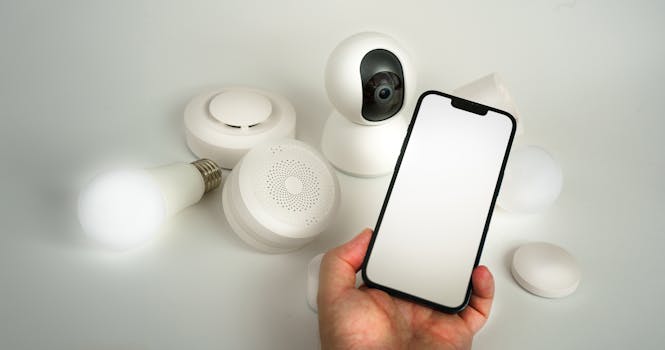
Home Automation in 2025: The Smart Home Ecosystem is revolutionizing the way we live and interact with our homes. With the rapid advancement of technology, smart home devices have become increasingly sophisticated, allowing for seamless integration and control of various aspects of our lives. In this article, we will explore the latest trends and developments in home automation and the smart home ecosystem.
What is Home Automation?
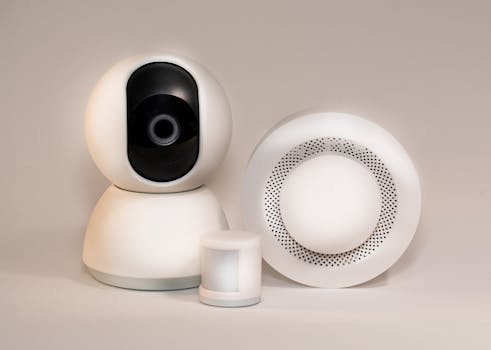
Home automation refers to the use of technology to control and monitor various systems and devices within a home. This can include lighting, temperature, security, entertainment, and more. The goal of home automation is to create a convenient, comfortable, and secure living environment, while also saving energy and increasing efficiency.
Key Components of a Smart Home Ecosystem

A smart home ecosystem typically consists of several key components, including:
- Hub or Controller: This is the central device that connects and controls all other devices in the system.
- Sensors: These are devices that detect and measure various environmental factors, such as temperature, lighting, and motion.
- Actuators: These are devices that perform specific actions, such as turning on lights or adjusting the thermostat.
- Smart Devices: These are devices that can be controlled and monitored remotely, such as smart thermostats, security cameras, and door locks.
Advantages of Home Automation
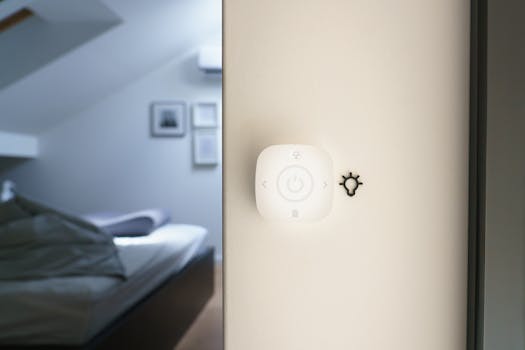
Home automation offers numerous benefits, including:
- Convenience: With home automation, you can control various devices and systems from a single interface, making it easy to manage your home.
- Energy Efficiency: Home automation can help you save energy by automatically turning off lights and appliances when not in use.
- Security: Home automation can enhance home security by providing real-time monitoring and alerts, as well as automated door locks and security cameras.
- Comfort: Home automation can create a comfortable living environment by adjusting temperature, lighting, and entertainment systems to your preferences.
Smart Home Devices and Systems
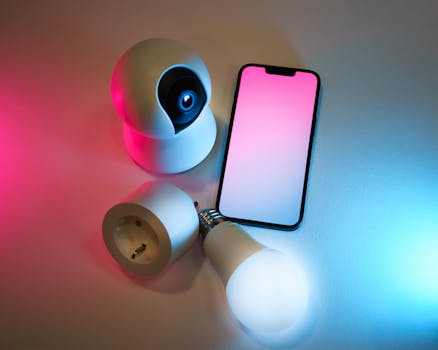
Some popular smart home devices and systems include:
- Amazon Echo and Alexa: A voice-controlled virtual assistant that can control various smart devices and systems.
- Google Home: A voice-controlled virtual assistant that can control various smart devices and systems.
- Apple HomeKit: A platform that allows you to control and monitor various smart devices and systems using your iPhone or iPad.
- Nest Thermostat: A smart thermostat that can learn your temperature preferences and adjust the temperature accordingly.
Future of Home Automation
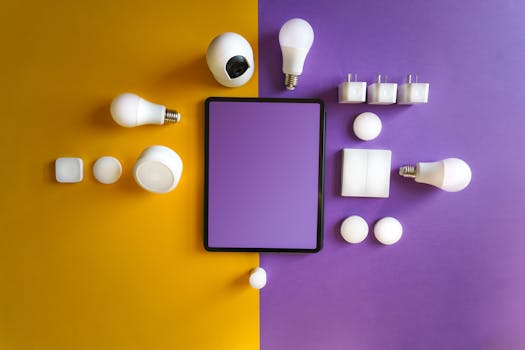
The future of home automation is exciting and rapidly evolving. With advancements in artificial intelligence, machine learning, and the Internet of Things (IoT), we can expect to see even more innovative and integrated smart home devices and systems. Some trends to watch include:
- Increased use of voice control and virtual assistants.
- Greater emphasis on energy efficiency and sustainability.
- More integration with wearable devices and health monitoring systems.
- Increased focus on home security and safety.
Conclusion

In conclusion, Home Automation in 2025: The Smart Home Ecosystem is a rapidly evolving field that is revolutionizing the way we live and interact with our homes. With the latest advancements in technology, smart home devices have become increasingly sophisticated, allowing for seamless integration and control of various aspects of our lives. As we look to the future, we can expect to see even more innovative and integrated smart home devices and systems that will make our lives easier, more convenient, and more enjoyable.




